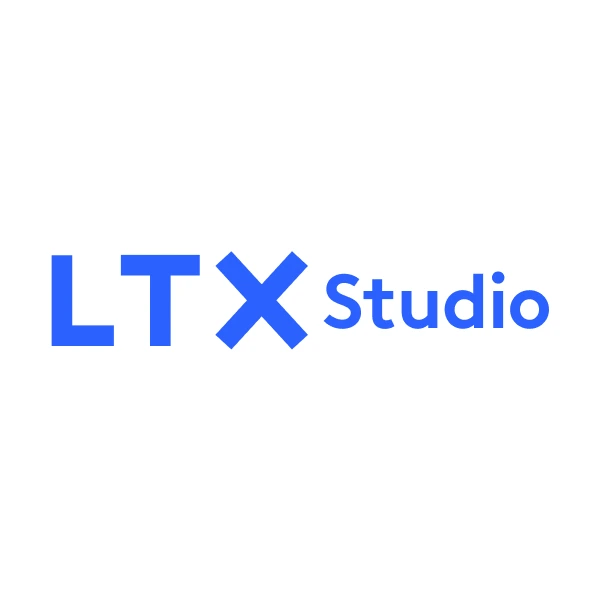From the Steadicam hallways of The Shining to the long takes of 1917, tracking shots take us through space and time with characters. This camera movement turns passive viewers into active participants.
What makes a tracking shot so powerful for storytelling and how can we achieve these cinematic moments with LTX? Let’s get into the camera movement that brings the audience into the action.
{{blog-banner-video01}}
What is a Tracking Shot?
A tracking shot is a camera technique where the camera moves through space to follow a subject or reveal new information. The camera keeps moving, composition or environment intact.
Tracking shots create visual flow and energy that static shots can’t. They build momentum and reveal character psychology through movement.
Great tracking shots make us feel like we’re walking beside characters, experiencing their journey firsthand rather than observing from afar.
Tracking Shot Definition
The tracking shot definition in film refers to any shot where the camera moves through space while recording.
The camera is usually mounted on dollies, cranes, Steadicams or handheld rigs. This is different from pan shots where the camera rotates on a fixed point.
In tracking shots the camera physically moves through space. This creates parallax effects where foreground and background elements move at different rates. The result is depth and dimensionality that’s impossible with static cameras.
The tracking shot can follow subjects while keeping framing consistent. It can move independently to reveal new information. Or it can do both for complex choreography that serves the narrative.
Tracking Shot Examples
Iconic tracking shot examples show the power of the technique across genres and decades. Goodfellas has one of the most famous tracking shots of all time as Henry and Karen enter the Copacabana nightclub through the back entrance.
One unbroken camera movement establishes Henry’s status and the world of organized crime.
Children of Men uses extended tracking shots during intense action sequences to immerse us in chaotic environments.
The camera never cuts away, creating tension through continuous presence. Touch of Evil opens with a legendary tracking shot that establishes an entire border town’s geography and plants the bomb that drives the plot.
Modern tracking shot films like Birdman make us feel like we’re seeing one continuous tracking shot throughout the entire movie. 1917 uses the technique to make us experience the urgency of the soldiers’ mission in real time.
These tracking shot films show how the technique can define a film’s entire visual language.
Tracking Shot Film Technique
The tracking shot film technique requires choreography between camera movement, actor blocking and environmental design.
Different mounting systems create different effects and serve different storytelling needs.
Dolly tracking shots use wheeled platforms on rails for smooth, controlled movement.
They’re perfect for precise compositions and repeatable takes. Steadicam tracking allows more flexibility and can navigate stairs, tight spaces and complex paths that dolly tracks can’t.
Handheld tracking shots create intimate, documentary-style immediacy.
The natural camera movement feels human and present. Crane and jib tracking shots add vertical dimension, sweeping up, down or through space for dramatic reveals.
Drone tracking has revolutionized aerial tracking shots.
Modern drones capture sweeping movements through three-dimensional space that were previously impossible or too expensive.
The art of tracking shot filmmaking is matching camera speed to subject movement.
Timing to narrative beats matters. Maintaining focus throughout complex movements is key. Great tracking shots serve the story not the technique.
Creating Tracking Shots in the LTX Platform
LTX makes tracking shot creation accessible by automating the complex technical processes that used to require specialized equipment.
The platform’s camera movement controls allow you to define tracking shot paths through intuitive interfaces. No physical camera rigs or location logistics required.
In the storyboard generator you can specify camera movement for each shot. Preview how tracking motion will flow between scenes and maintain visual continuity throughout sequences.
The AI handles the technical execution of smooth camera movement and spatial consistency.
LTX's video generation models like LTX-2 and VEO understand tracking shot principles.
They create realistic parallax effects and natural motion blur that makes AI-generated tracking shots feel cinematic. Experiment with different tracking shot speeds, paths and subjects without the time and budget constraints of traditional production.
This means independent filmmakers can create tracking shot sequences that rival professional productions. Focus on storytelling choices not technical limitations.
Whether you want subtle character-following movements or elaborate choreographed sequences, the platform handles execution while you maintain creative control.
Conclusion
Tracking shots are the cinema technique that moves us through stories. They create immersion and spatial understanding that static cameras can’t.
From classic dolly movements to modern Steadicam choreography, tracking shots are essential tools for dynamic visual storytelling.
With LTX, aspiring filmmakers and experienced creators can access advanced tracking shot techniques through AI-powered tools.
Modern platforms make tracking shot filmmaking available to storytellers at all levels, opening up new possibilities for dynamic visual narratives.
Heading
November 13, 2025
















.png)







